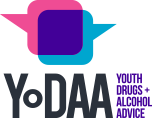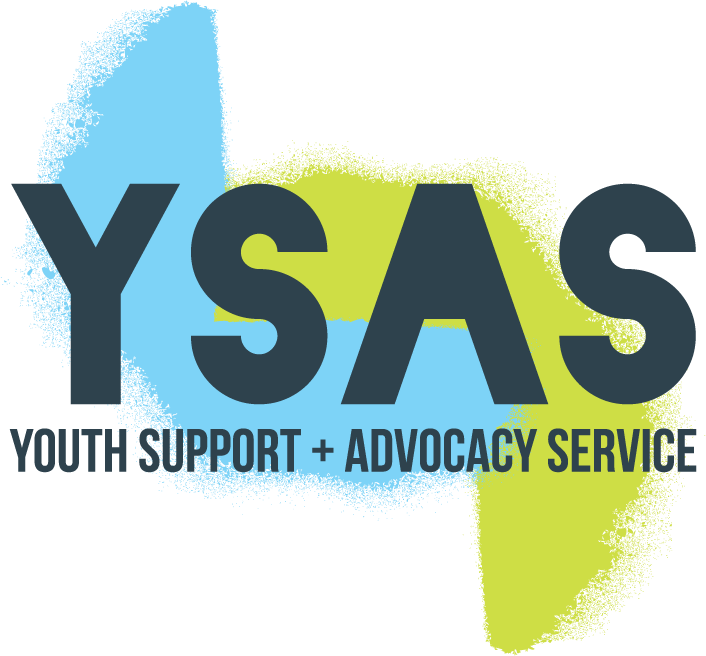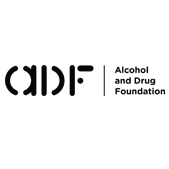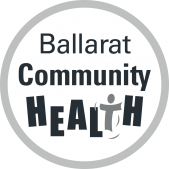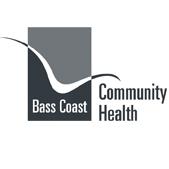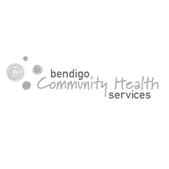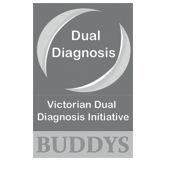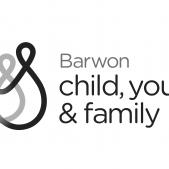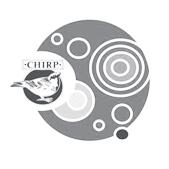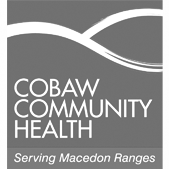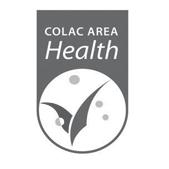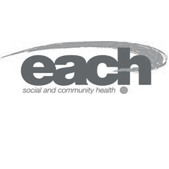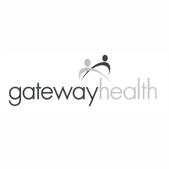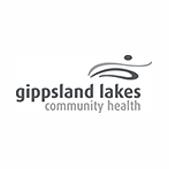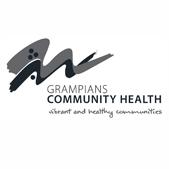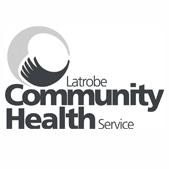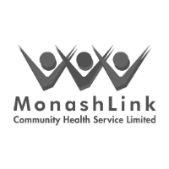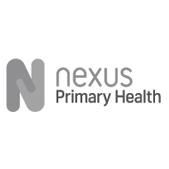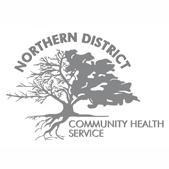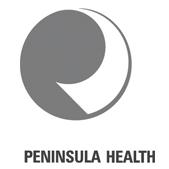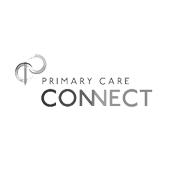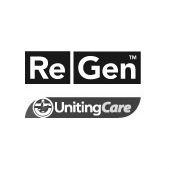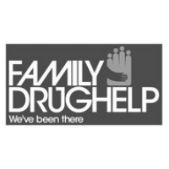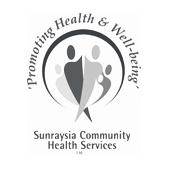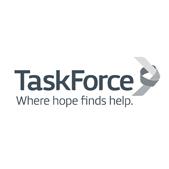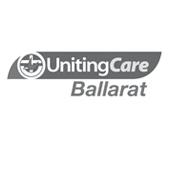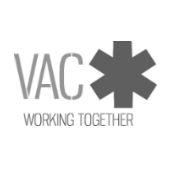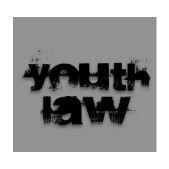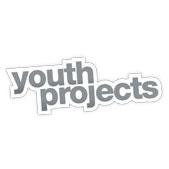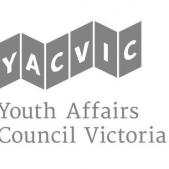Has a problem, Hasn't yet used drugs, Is experimenting, Is in treatment, Needs a service
Scaring a young person into not using drugs
Using scare tactics can be hugely tempting when talking about drugs with a young person you care about.
It is understandable that many parents and carers highlight worst case scenarios, focus on the negative consequences of use or even exaggerate the dangers of drug and alcohol use in the hope of scaring young people off either trying or continuing to use substances. At YoDAA we even have requests from parents hoping we can organise a “tour” of a drug rehab facility or similar to show young people what might happen to them.
The key messages here are DON’T DO DRUGS! DRUGS RUIN LIVES! DRUGS WILL KILL YOU! SAY NO TO DRUGS! The list goes on.
But how effective is this kind of messaging and what are the alternatives?
Research tells us that simply highlighting a primary message that ‘drugs are bad’ may leave young people who do dabble in drug use unprepared to keep themselves safe. Similarly, if we only talk about the bad things that come with drug or alcohol use we run the risk of losing credibility with the young person who may have already tried a substance or know others that have and who have had no apparent adverse effect.
For those young people who haven’t tried a drug yet it can also be counterproductive. Scare tactics can glamorise substance use for young people naturally interested in risk taking. Unbalanced information also discourages the development of informed decision making, a necessary skill in adulthood.
Instead, discussion about drugs and alcohol, (even limit setting discussions), should be based on accurate and balanced information. This means discussion that includes the “desired effects” or why someone may like or enjoy using drugs. Despite the fears of many parents, this approach doesn’t encourage drug use but helps promote open communication and an environment where a young person can seek help and support if they need it.
